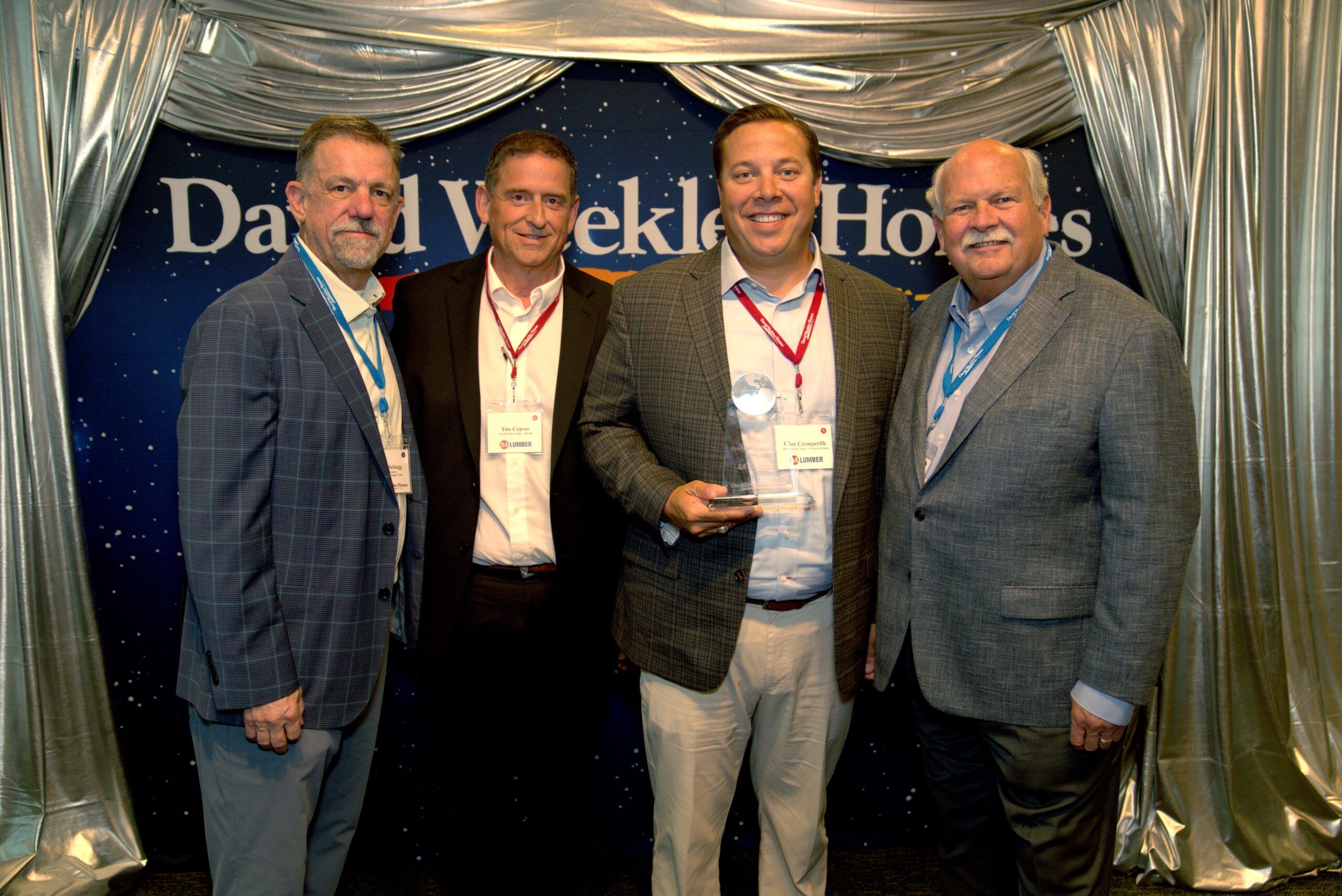Weather patterns affect every part of a home, but few components take as much abuse as the roof. Seasonal storms, whether heavy rain, high winds, hail, or snow, play a significant role in determining the lifespan of a roofing system. The continuous exposure to these elements can lead to structural weakening, moisture infiltration, and costly repairs if homeowners are not proactive in maintaining their roofs.
Understanding how different seasonal storms impact roofing materials and knowing the best protective strategies can help extend the roof’s longevity and maintain a home’s structural integrity.
1. The Effects of Heavy Rain and Flooding on Roofing Systems
Rain is one of the most common threats to a roof, especially when prolonged exposure leads to moisture infiltration and weakened materials.
Risks Posed by Heavy Rainfall:
- Water Seepage: Prolonged exposure to rain can penetrate small cracks, leading to leaks and structural damage.
- Gutter Blockages: Leaves, twigs, and debris clog gutters, causing water to back up and spill over onto the roof or siding.
- Algae and Mold Growth: Excess moisture fosters fungal growth that deteriorates shingles and creates an unhealthy indoor environment.
Preventative Measures:
- Inspect and clean gutters regularly to ensure proper drainage.
- Check flashing around vents and chimneys for early signs of leaks.
- Choose water-resistant materials such as metal or rubberized asphalt shingles for added protection.
2. Wind Damage and Structural Weakening
High winds, whether from thunderstorms, hurricanes, or tornadoes, can loosen or rip roofing materials entirely off the structure. Even moderate winds may cause long-term deterioration over time.
How Wind Affects a Roof:
- Shingle Uplift: Strong winds get beneath shingles, loosening them or tearing them away completely.
- Debris Impact: Flying branches and other debris can puncture the roof surface, leading to leaks.
- Seam Separation: For flat or low-sloped roofs, high winds may lift the edges of roofing materials, leading to structural separation.
Best Protective Strategies:
- Install high-wind-rated shingles designed to resist gusts up to 130 mph.
- Trim overhanging branches that could break and damage the roof.
- Secure flashing and reinforce vulnerable edges with additional fasteners.
3. The Hidden Dangers of Hailstorms
Hailstorms pose a significant threat to roofing systems due to the forceful impact of ice pellets that can crack or puncture roofing materials.
Common Roof Damage from Hail:
- Shingle Bruising: Hailstones weaken asphalt shingles, reducing their ability to repel moisture.
- Granule Loss: The impact dislodges protective granules from shingles, accelerating their degradation.
- Cracks in Metal or Tile Roofs: While durable, metal and tile roofs can still crack under severe hail impact.
How to Prepare and Recover from Hailstorms:
- Use impact-resistant shingles designed to withstand severe weather.
- Inspect the roof for soft spots or granule loss after a storm.
- Schedule professional inspections to assess hidden damage that may not be visible from the ground.
4. Snow and Ice Damage to Roofing Structures
Winter storms bring heavy snow and ice accumulation, which can create significant stress on a roof’s framework.
Key Risks from Snow and Ice:
- Excessive Weight Load: Accumulated snow exerts downward pressure, potentially causing structural failure.
- Ice Dams: Melted snow refreezes at the roof’s edge, creating ice dams that block proper drainage.
- Freeze-Thaw Cycles: Water seeps into small cracks and expands when frozen, worsening the damage over time.
Winter Weather Protection Tips:
- Ensure proper attic insulation to prevent uneven melting that leads to ice dams.
- Use snow rakes to remove excess buildup from the roof.
- Install heating cables in areas prone to ice dam formation.
5. Heatwaves and UV Exposure: A Hidden Threat
While storms are often associated with wet or freezing conditions, extreme heat can be just as damaging to roofing materials. Sun exposure degrades certain materials over time, leading to cracking and premature aging.
Effects of High Temperatures on Roofing:
- Shingle Curling: Heat causes asphalt shingles to curl, reducing their effectiveness.
- Material Expansion and Contraction: Repeated exposure to high temperatures weakens roofing seams and adhesives.
- Color Fading and Breakdown: UV rays degrade roof coatings, diminishing their protective qualities.
Preventative Steps Against Heat Damage:
- Install reflective roofing materials or cool roofs that reduce heat absorption.
- Apply protective coatings that provide UV resistance.
- Ensure attic ventilation to prevent excessive heat buildup.
6. The Role of Proper Roof Maintenance in Storm Protection
While storms are unavoidable, proper maintenance helps minimize their impact. Establishing a consistent inspection routine and addressing minor issues promptly reduces the risk of costly repairs.
Routine Maintenance Practices:
- Biannual Inspections: Have a roofing professional assess damage before and after storm seasons.
- Gutter Cleaning: Prevent clogs that contribute to water pooling and leaks.
- Shingle Replacement: Address missing or damaged shingles before they escalate into more significant problems.
- Flashing and Sealant Checks: Ensure all seals around chimneys, skylights, and vents remain intact to prevent leaks.
7. Choosing Storm-Resistant Roofing Materials
Selecting materials that offer increased resistance to extreme weather can significantly improve a roof’s durability and longevity.
Recommended Materials for Storm-Prone Areas:
- Metal Roofing: Highly resistant to wind, rain, and fire damage.
- Impact-Resistant Shingles: Designed to withstand hail and wind forces.
- Slate or Concrete Tiles: Offer superior longevity and fire resistance.
- Rubber Roofing Membranes: Ideal for flat roofs, providing exceptional water resistance.
Investing in durable materials tailored to local climate conditions is a proactive way to mitigate storm damage and extend the life of a roof.
8. Professional Roof Inspections: A Critical Preventative Measure
Even if no immediate damage is visible, storms often weaken roofing structures in ways that are not easily detected from the ground. Scheduling professional inspections after severe weather ensures early detection of underlying issues before they escalate.
Benefits of Professional Roof Assessments:
- Identify hidden damage, such as minor leaks or weakened support structures.
- Provide recommendations for reinforcement or necessary repairs.
- Ensure compliance with insurance requirements for storm-related claims.
9. The Long-Term Benefits of Storm Preparedness
Taking proactive measures against seasonal storm damage leads to several long-term benefits for homeowners.
Why Storm Preparedness Matters:
- Extends roof lifespan by preventing premature deterioration.
- Reduces costly emergency repairs by catching issues early.
- Improves home energy efficiency by maintaining proper insulation and ventilation.
- Enhances home resale value by demonstrating proactive maintenance.
Conclusion
Seasonal storms present ongoing challenges for homeowners, but with the right preparation, their impact on roofing longevity can be minimized. Whether facing heavy rains, high winds, hail, or extreme heat, strategic maintenance, durable materials, and professional inspections play a crucial role in preserving roof integrity.
Class Roofing provides homeowners with expert guidance on selecting storm-resistant materials and maintaining roofing structures to withstand seasonal challenges. By prioritizing proactive care and choosing the right protective measures, homeowners can ensure their roofs remain resilient against the elements year after year.











